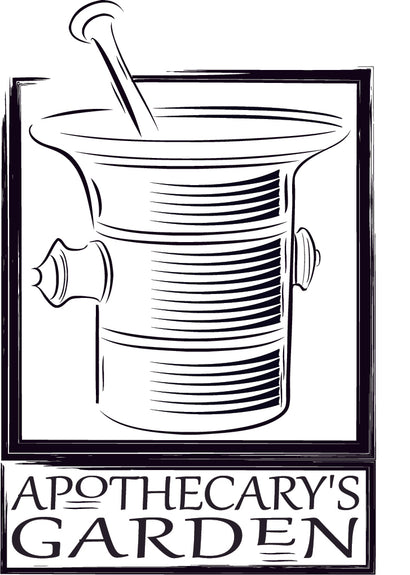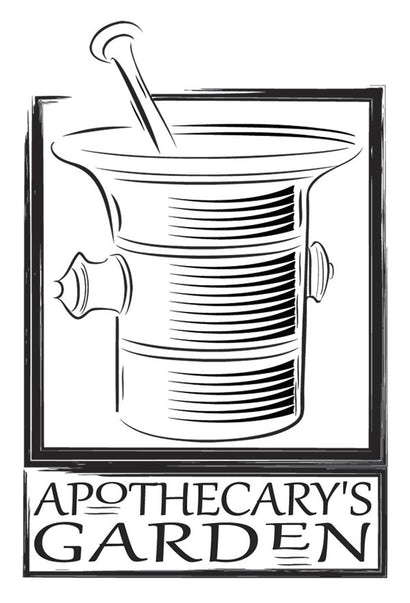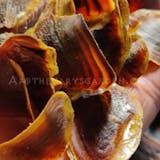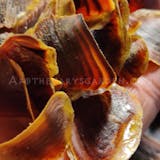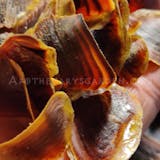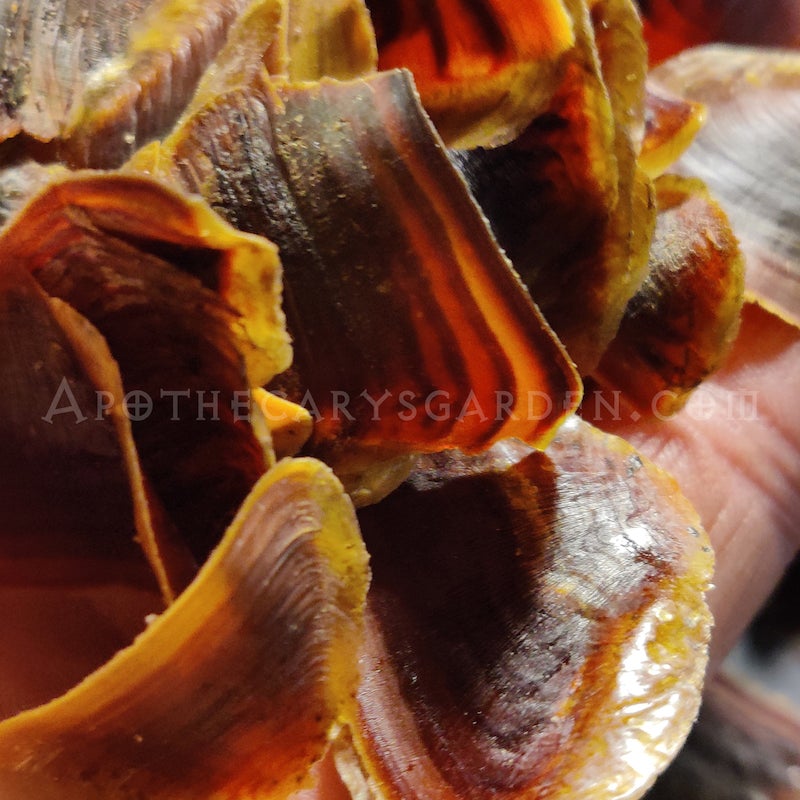
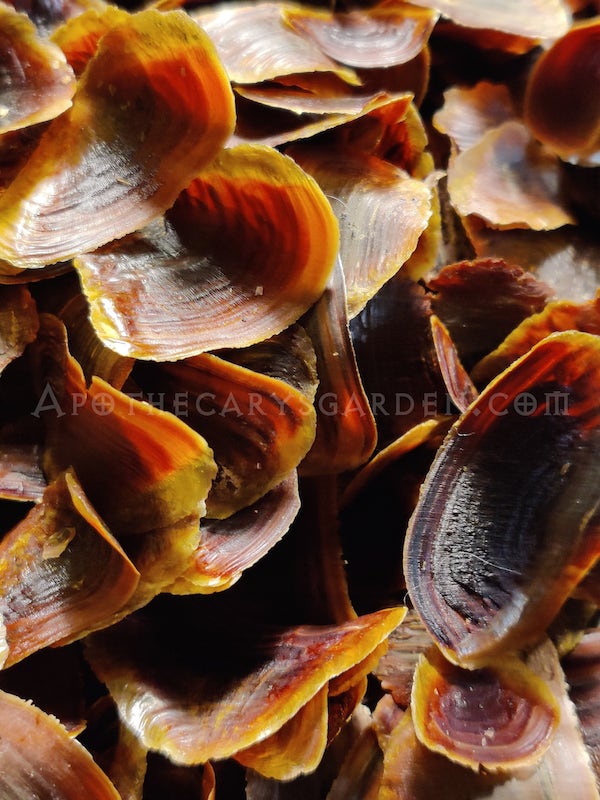
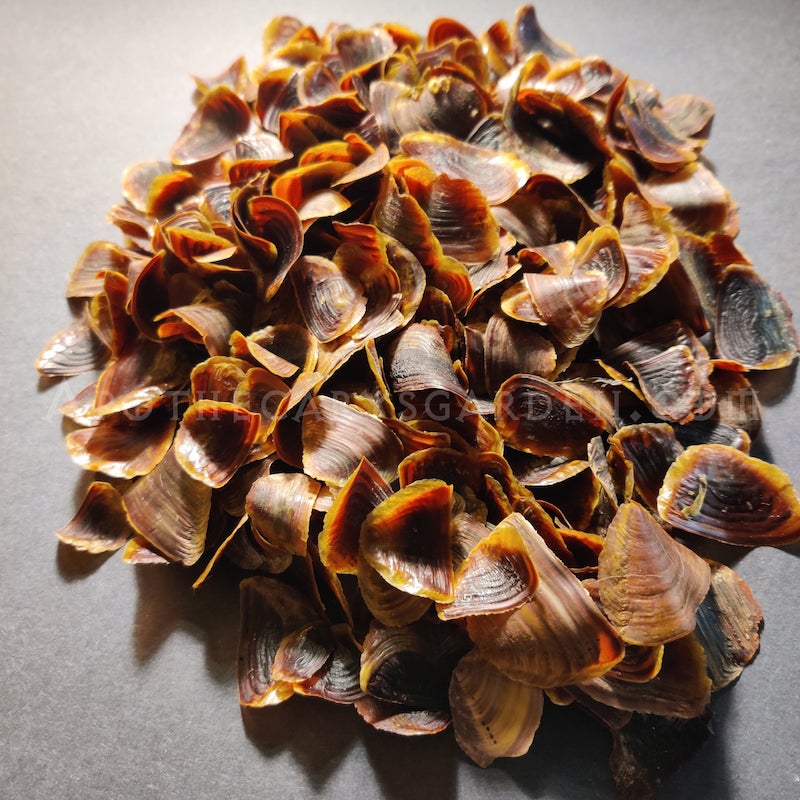
Onycha-Operculum
Onycha is the "door" or operculum of a sea mollusc that has been used as an ingredient in traditional incense-making, perfume and medicine for thousands of years.
Experts believe it is the "Tsiporen" or fingernail that is one of the ingredients in the Temple incense referred to in the Old Testament.
Onycha is still sold in traditional Apothecary shops and Souks in Africa, Arabia and Asia, however, I have found that instructions on how to process and use this material are sparse and vague.
There are many theories on processing Onycha and what function they serve.
Some call for boiling in water or salt water or steeping in strong wine or alcohol. One often comes across instructions suggest roasting the Operculum prior to grinding to a powder and blending in incense.
When preparing Choya Nakh Attar in India, The operculum are soaked in cow urine for a few days before being dry-distilled into Sandalwood essential oil.
In the Old Testament, it is mentioned that urine should not be used to prepare Onycha for the temple incense but old wine from Cyprus.
Another calls for soaking the material in a strong base.
Though there is a dearth of knowledge about processing Onycha, this unusual material holds an honoured place in the history and tradition of incense making.
Onycha is thought to act as a fixative in incense blends, to add an animalic/musk note similar to Castoreum, and like other animalics, to add dimension to an aromatic composition.
Onycha brings with it a mystery and a challenge.
How will you work with it?
Where will you find the answers?
*Note that this material weighs very little and each package contains quite a bit more volume than other packaged products in the shop. (Please see the photo of a 1 Ounce package above).
Dan
Materials: Operculum, Onycha, Snail Doors, Devils Fingernails.
